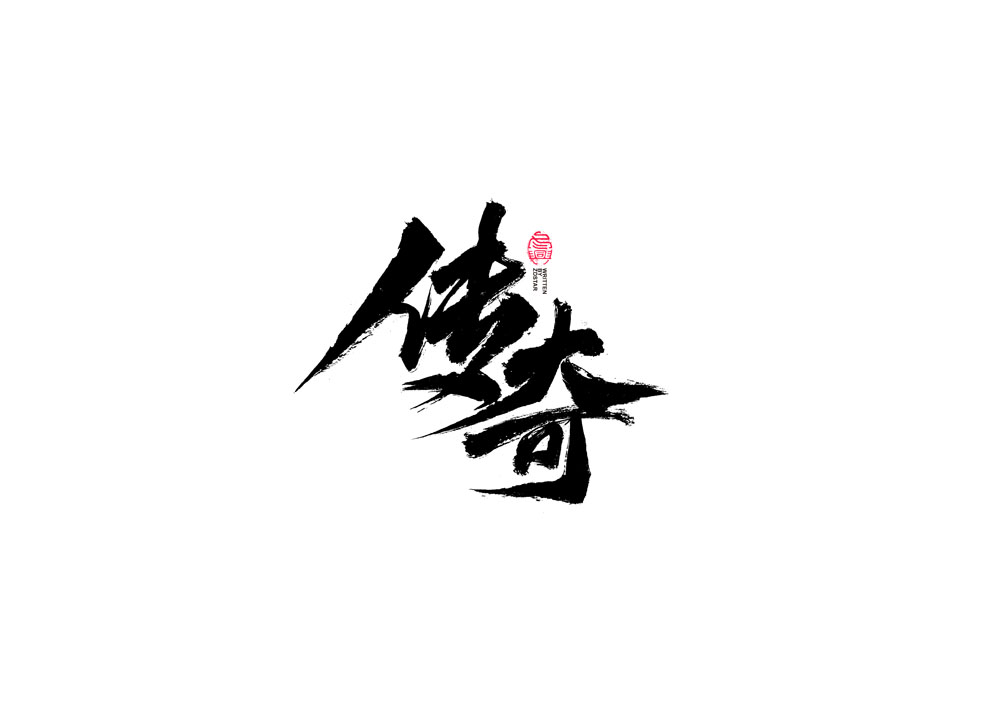

In NJStar ‘shuijiao’ will match 3 combinations 睡覺 (sleep), 水餃 (boiled dumplings), 說教 (indoctrinate). If you don’t know the tone ‘Shui’ will match 4, but ‘Jiao’ has about 21.

‘Shui4’ alone will match 3 characters, ‘Jiao4’ will match 6. For example, consider the phrase 睡覺 (shui4 jiao4 = sleep). NJStar Communicator you can type toneless Pinyin and the system will guess what you mean from the 2 and 3 character combinations that fit and present alternatives. (2) The system design assumes you are quite fluent, know the tones of all the words you type and are comfortable selecting between similar characters.įor these reasons I liked the following tools: (1) If you write Pinyin then you want simplified output It all works fine, but two design assumptions do not hold for me: This will allow reading and writing of Chinese documents and Chinese on the Internet. But being congenitally lazy, I like to be able to highlight a character in a text file and find the pronunciation with one click of the mouse, so I can look it up faster if I end up using a paper dictionary.īUT – it’s the weekend, so I think I’ll check out the stuff that Konglong has listed! Thanks, Konglong!įor the basic setup I use MS tools with the various language pack add-ons. WinXP or Win2000 Professional handle multiple languages so well, you really don’t need NJStar if you want to avoid the expense.
Adding chinese font to wordfast pro update#
Trados – really expensive but the most convenient thing I’ve found for heavy-duty professional translation from Chinese if you avoid their constant updates (just update every 2 years or so) it’s a bit cheaper. NJStar – VERY occasionally only, usually for convenience in translating from GB to BIG-5 code if I’m going to use translation memory software to work on a file (my TMs are in traditional characters, but I’m not sure if they’re really BIG-5 or Unicode anyway, this way works even though I’m not quite sure why) Chinese system: Win2000 Professional with Traditional and Simplified Chinese IMEs (free from Microsoft)


 0 kommentar(er)
0 kommentar(er)
